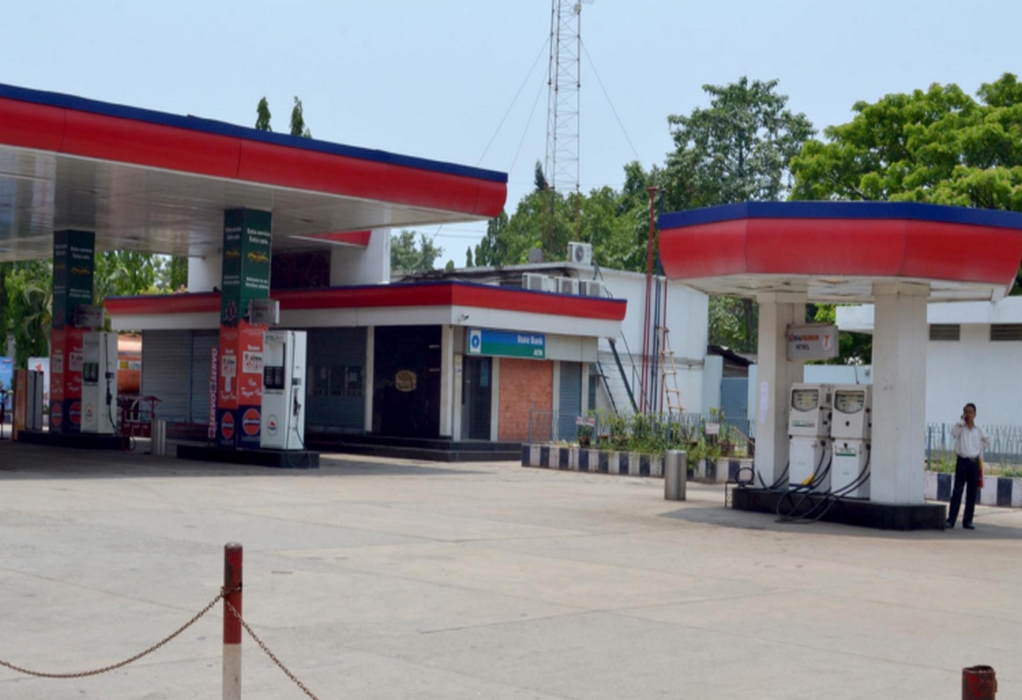India’s largest oil company Indian Oil Corporation (IOC) will set up ‘green hydrogen’ plants at its Mathura and Panipat refineries by 2024 to replace carbon-emitting units, as it considers hydrogen policy green which has just been announced as a turning point in the country’s energy transition. this will help reduce costs.
SSV Ramakumar, director of research and development at IOC, says the new policy will help reduce the cost of manufacturing green hydrogen by 40-50%.
“This (policy) is the state’s biggest catalyst for green hydrogen production,” he said.
Oil refineries, fertilizer plants and steel mills use hydrogen as a process fuel to produce finished products.
In refineries, hydrogen is used to remove excess sulfur from gasoline and diesel. This hydrogen is currently produced from fossil fuels such as natural gas or naphtha and leads to carbon emissions.
IOC plans to replace this “grey hydrogen” with “green hydrogen” – also called “clean hydrogen” – by using electricity from renewable energy sources, such as solar or wind, to divide water into two hydrogen atoms and one oxygen atom through a process called electrolysis.
“The overall cost of renewable electricity at Rs 2 per kWh (or per unit) is actually the price at the production site (say a solar farm in Rajasthan or Ladakh). It becomes Rs 4 to 7 per unit after having added different levies as it transited through transmission lines in different states,” he said.
At an ex-factory cost of Rs 4-7 per unit, green hydrogen production costs amount to Rs 500 per kg. This cost compares to the current cost of gray hydrogen of Rs 150 per kg.
Under the Green Hydrogen Policy announced on February 17, renewable energy used for green hydrogen production will have open access with no central surcharge and no interstate transmission fees for 25 years for projects in service before June 30, 2025.
“It will essentially reduce the cost of producing green hydrogen by 40 to 50 percent,” he said.
The cost will fall further if the electrolysers, used to split water into two hydrogen atoms and one oxygen atom, are made locally instead of the current practice of importing them, he pointed out.
IOC plans to set up a 40MW electrolyser at the Mathura refinery and a 15MW unit at the Panipat unit in Haryana, he said, adding that the company aims to produce 70,000 tons per year of green hydrogen by 2030, which represents 10% of its overall consumption at that time.
On February 17, the government announced the first stage of policies to encourage the development of green hydrogen and ammonia in the country, with plans to reach 5 million tonnes per year of production by 2030.
Tags: carbon emissions, Green Hydrogen, IOC, Refienries



Recent Posts
Hyundai Glovis to Retrofit Seven PCTCs with Avikus AI Navigation System
Super Terminais orders three more Konecranes Gottwald ESP.10 Mobile Harbor cranes
Covestro and HGK Shipping Extend Partnership to 2040 with Focus on Wind-Assisted Vessel Retrofit
Artemis Technologies Successfully Demonstrates 100 Percent Electric Crew Transfer Vessel at Aberdeen Offshore Wind Farm
IACS Council Advances Decarbonisation, Digitalisation and Governance Priorities at C91 Meeting in Beijing
Japan Launches Major R&D Project to Advance Shipbuilding with Alternative Fuels
EU Adopts Emissions Standards for Low Carbon Hydrogen to Bolster Clean Energy Market
Trafigura to Implement ZeroNorth’s AI Platform Across Global Fleet